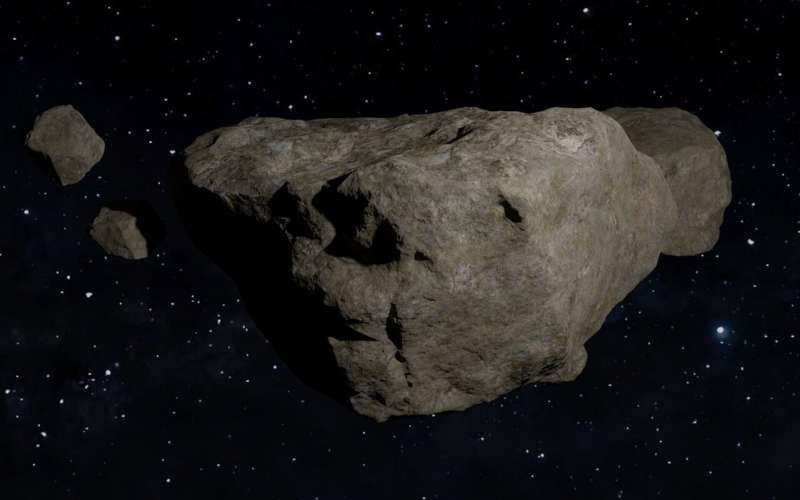A team of researchers from Western University’s Institute for Earth and Space Exploration in Canada has discovered a novel approach to producing food for space travelers – by feeding bacteria asteroid material, resulting in the growth of an edible biomass. This concept could potentially address the challenge of sustaining astronauts on long-term space missions, where traditional food sources are limited. The study, published in the International Journal of Astrobiology, outlines the feasibility and potential of this innovative solution.

Turning Asteroids Into Food
Picture a future where the solar system’s bounteous pantry feeds space explorers. Well, that’s the future as envisioned by researchers at Western University who have discovered how to use material from asteroids as a potential food source for astronauts.
This way to works is all down to the fact that some bacteria can dine on and process the carbonaceous compounds in asteroid material into an edible little mush. The team thinks that if they are able to choose a suitable organism and appropriate asteroid material, then it will be possible for them to make food for space troopers.
This is not a completely new concept, as earlier studies have demonstrated that microbes can gain nutrition by eating the carbon material in chopped-up meteorites and thereby grow. Early life on Earth would have been able to obtain its energy in this way, according to the discovery, leading to further research today.
Feeding the Final Frontier
A fundamental problem with long-term space missions: we are only capable of taking a finite amount of food with us into space. Traditional food supplies are quickly exhausted for crews travelling further into the solar system or beyond
That is one of the what asteroid derived biomass can potentially be use to. According to the research, such ambient microbial consumption of asteroid Bennu would produce enough food for one astronaut over 600 years in the worst case and up to more than 17.000 years in the best scenario.
Although the numbers may seem high, they begin to illustrate how much untapped capacity there is in solar resources from simply making adequate use of the available resources in our local vicinity. This process may also prove extremely useful for space agencies looking to convert asteroid material into biomass through the magic of microbes allowing them to farm new “final frontiers” in specially set up processing units aboard spacecraft.
Challenges and Considerations
The authors recognize that the concept of asteroid-derived fertboards for biomass production is in its infancy and should be subject to broad-based, detailed testing and validation.
At the forefront of endeavours is confirming the safety and feed qualities of biomass produced. That potential can only be realized if the biomass proves nontoxic and meets both the nutritional and culinary needs of astronauts, however. A few other complications come from the fact that the asteroids being researched are not similar to one another and thus pose different challenges for extracting resources which means understanding how best to exploit them will vary.
There remains this overall question though, will this new solution benefit more than just the grieving family. Space agencies could reach new planetary frontiers beyond the capacities of conventional food supplies with power from the resources in our solar system. If the research keeps progressing as it does today, then one day we might see the realization of a space colony sustained energy-wise from asteroids-collected biomass.
